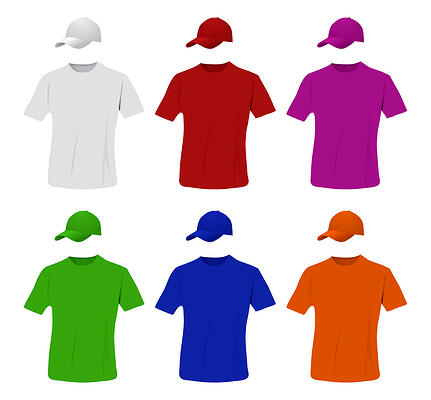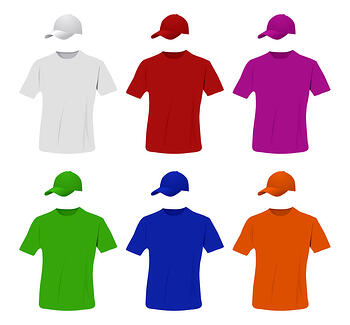CEO Blog - Advice for CEOs on growth and scaling
Can Your Product Be Easily Replaced?

Have You Heard of Wally Pipp?
Pipp was the first baseman for the New York Yankees in 1925. Folklore has it that on June 2 he asked to sit out the game because of a headache. The coach substituted Lou Gehrig, and that was the beginning of Gehrig’s streak of 2,130 consecutive games. 
What would happen to your product if it was replaced by a competitor, or worse, from another industry altogether?
As consumers, we replace products all the time that we’ve typically bought for years. Take soft drinks for example. Coke and Pepsi have been battling it out for nearly 100 years, with smaller niche players clawing at their share of the pie (ever have an RC?).
But because of a shift in consumer tastes (that probably seemed like overnight to the soft drink industry), consumers were losing their desire for Coke and Pepsi and looking for completely different drinks. They were pulling away from carbonation and looking for healthier alternatives for themselves and their families.
That was when the bottled water business exploded, and people were substituting water for soft drinks with their meals (and when they were just thirsty) because they realized it was better for their bodies. Both Coke and Pepsi introduced their own brands, Disani and Aquafina to take advantage of this shift in behavior.
Now, if you were in the drink business, you would have to scramble and develop, or buy, a non-carbonated drink. Snapple started out as a small player and is now a huge national brand because of this change. The same thing happened with Gatorade, Arizona Ice Tea, vitamin waters, etc.
Market Contact
This was a highly visible example of a substitution in a consumer market, but it also happens continuously in b2b categories as well. For example, as public restrooms have been equipped with air dryers and hand sanitizers, industrial grade paper towel manufacturers are now vulnerable because of the perception of germ retention.
- Would you be able to read what is happening in your market and be ready for a shift like carbonated drinks to bottled water?
- Are you monitoring the market, watching your competitors to see what they are up to, on a regular basis?
- Are you talking to your customers to find out what they like, what they don’t like, and what shifts they may be making in their buying?
Being the low price producer can help you with substitutes in your industry, but being the low price brand is a dangerous place to live, and really cuts into your margins.
Availability
Some substitutions can be controlled. When you go to the store to buy toothpaste, and your brand is not on the shelf, people often buy their second choice. They are not likely to go to another store to find their brand. By maintaining sufficient distribution at retail, or sufficient inventory in your warehouse, you can avoid your customers choosing another brand to meet their immediate need.
Is your product one that can be substituted for by a product that comes from a completely unrelated business? Is there a storm brewing that you, and your team, don’t even see?
An indirect example of substitutability, but one that can be deadly for your business comes when your product category is being phased out. For example: wristwatches.
Category Erosion
The generation of 30 something’s and 20 something’s don’t wear watches very much anymore. When they want to know the time, they look at their phone. And, most likely it will be a smart phone. The watch category still exists, but it is a shrinking market.
Marketing can lead to customers perceiving physically identical products as being less than perfectly interchangeable. The classic example of name-brand bleach fetching a higher price than chemically identical generic alternatives is a perfect example. Sufficient reputation and equity in the customer’s mind would allow a producer to prosper even in the face of a price difference between itself and industry competitors.
Listening to Signals
Constantly listening to the signals from the marketplace can help you see the storm clouds gathering, and to develop the strategies necessary to meet them. Being a smaller, more nimble organization, gives you the advantage over large companies, of making decisions quickly, and then implementing them with a minimum of delay. That flexibility can help you when the threat of substitution is steering your company in the face.
Topics: Customer Intimacy, Product Strategy, Commodity Marketing
Sun, Aug 12, 2012Related Articles

- Press Releases
- Careers
- Case Studies
- Marketing Consultant Company
- Marketing Strategy Consultants
- Marketing Plan Consultants
- B2B Marketing Consultants
- Virtual CMO
- Marketing Consultant Outsourcing
- Fractional CMO
- What is a Fractional CMO
- Healthcare Marketing Consultant
- Marketing Consultant Houston TX Texas
- Marketing Consultant Texas TX
- Marketing Consultant Bay Area
- CEO Blog
- Ebooks Plus
- Executive Marketing Consultants
- Product Marketing Consultants
- B2C Marketing Consultants
- Virtual Marketing Consultants
- Senior Marketing Consultants
- Temporary CMO
- Hire a CMO
- Fractional CMO Salary
- Fractional CMO Responsibilities
- Marketing Consultant Austin TX Texas
- Marketing Consultant Dallas TX Texas
- Marketing Consultant San Antonio
- Helping Private Equity
- Private Equity Blog
- Leadership Team
- Privacy Policy
- Business Marketing Consultants
- Strategic Marketing Consultants
- Marketing Technology Consultants
- Sales and Marketing Consultants
- CMO Job Description
- CMO Salary
- Fractional CMO Agency
- Fractional CMO Services
- CPG Marketing Consultant
- Marketing Consultant San Diego
- Partners
Houston, TX 77056
© 2023 Chief Outsiders

